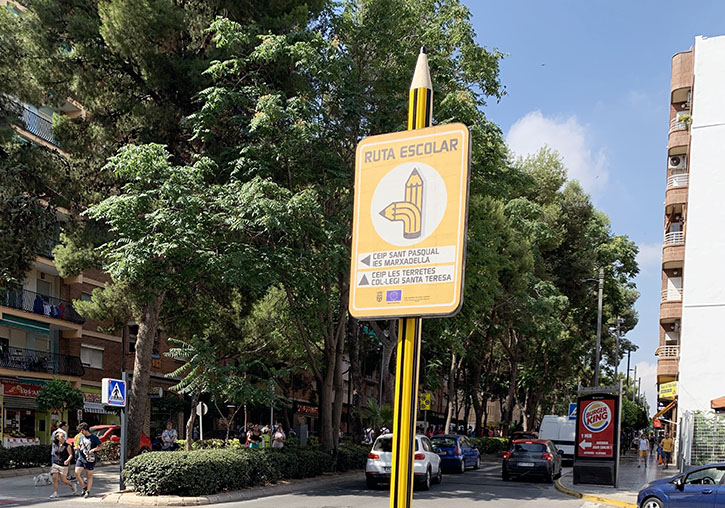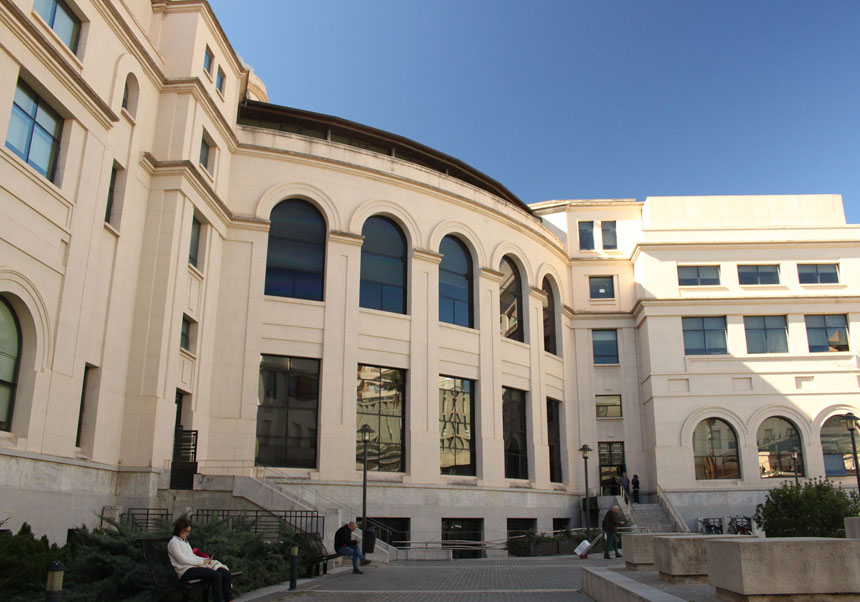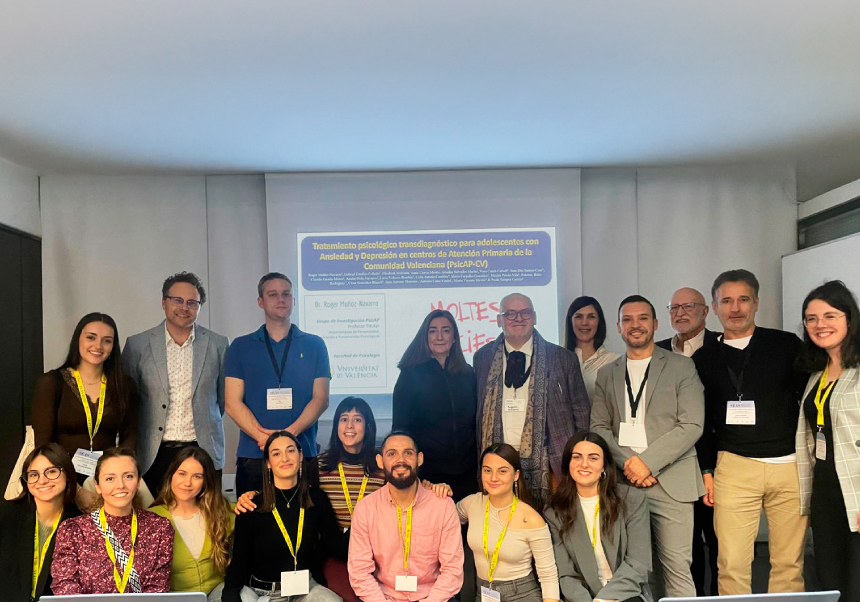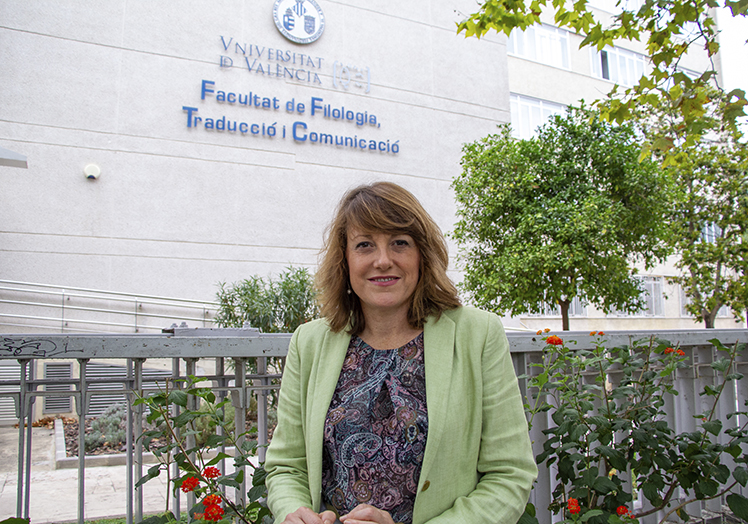A Uniuversitat pilot project promotes sustainable mobility and autonomy for school children in Torrent
- Science Park
- December 18th, 2019

The LISITT group of the University Research Institute on Robotics and Information and Communication Technologies (IRTIC) has introduced a safe and intelligent network of itineraries that allows parents to monitor their children's routes and receive notifications when they arrive at the school. School routes feature intelligent and 3D pedestrian crossings in high-risk areas.
This is a collaboration between the LISITT Group (Integrated Laboratory of Intelligent Systems and Technologies of Traffic Information), the IRTIC, the company ESAM Technologies, in the Science Park of the Universitat, and the City of Torrent.
The project “Rutes escolars segures” of Torrent (Safe School Routes) has started this year the pilot phase with the participation of 3500 schoolchildren from 8 of the city's nursery, primary and secondary schools. The project aims to create a safe itineraries’ network from the road safety perspective, in order to reduce the number of private vehicles and encourage the autonomy of children.
Vertical signs identifying the routes and horizontal signs indicating the route, made of recycled rubber tyres, were implemented after the road safety analysis and the establishment of routes were made. One of the technological innovations that have been implemented are intelligent pedestrian crossings aimed at improving the visibility of drivers and children. This way, the system detects (using intelligent cameras) the proximity of a person to the zebra crossing, being activated at night and during the day with different LED light signals. This different LED light signals inform the driver of the pedestrian's proximity. In addition, pedestrian crossings have been painted pretending to be three-dimensional.
Through the Torrent’s communication network, based on data transfer, the project has used PLC municipal lighting to control school routes with sensors. Along the route and in the schools, Wi-Fi and Bluetooth detectors have been installed to identify the MAC of the devices worn by children. These devices (key chains that schoolchildren carry in their backpacks) monitor the route and send a notification to parents when they arrive to the centre. This technology has been patented by the LISITT group and the Universitat de València.
These two technological proposals aim to improve road safety and the families' trust in the route-safety for promoting a more sustainable mobility (by foot) to the school centre. The project will analyse the real and perceived effect of the availability of this device when families decide to have their children use these routes.
Gamification in a smart city
Each week the number of kilometres travelled is reported to each class. Thus, by making the way to school a game, students enter the competition to see which class saves the most CO2 emissions into the atmosphere. As the project's researchers explain, “this is a perfect example of how gamification in an smart city can change behaviour”.
File in: Ciencias Tecnológicas
















